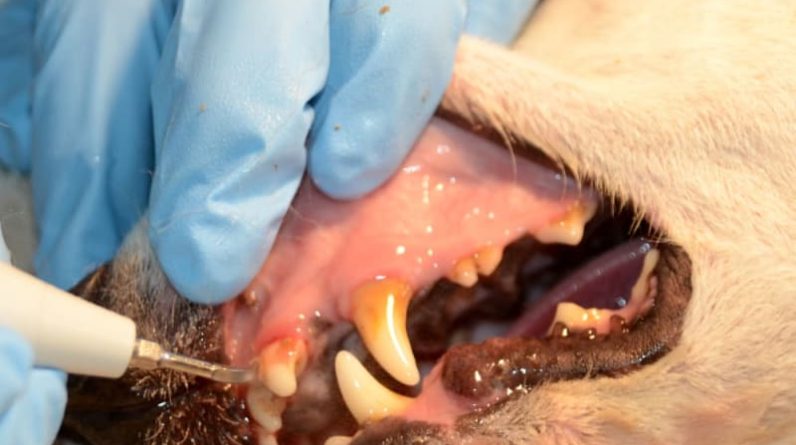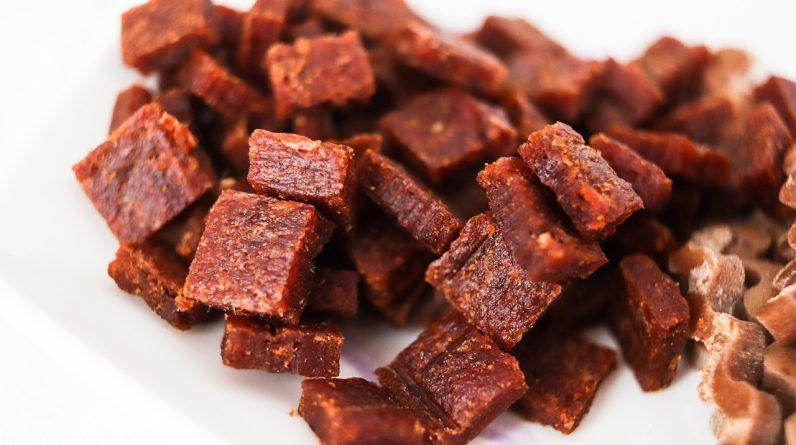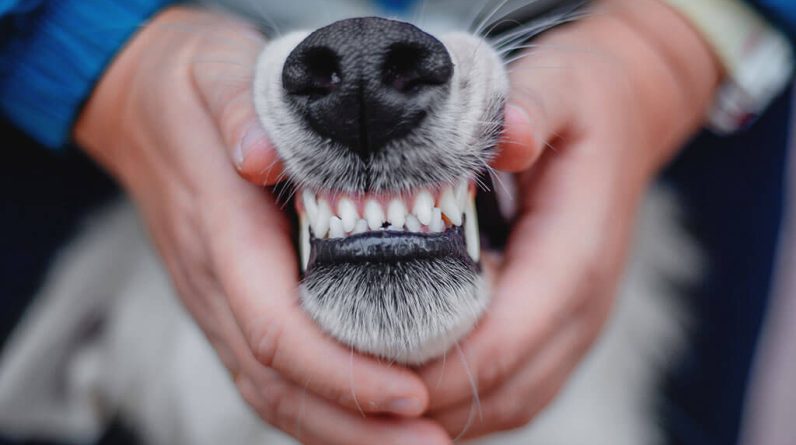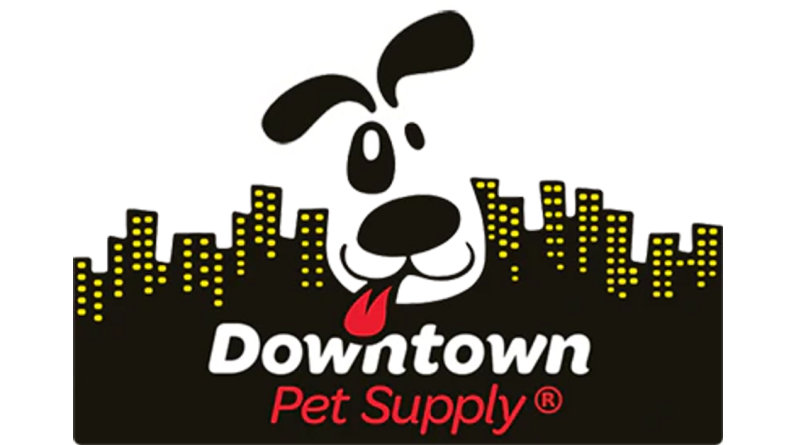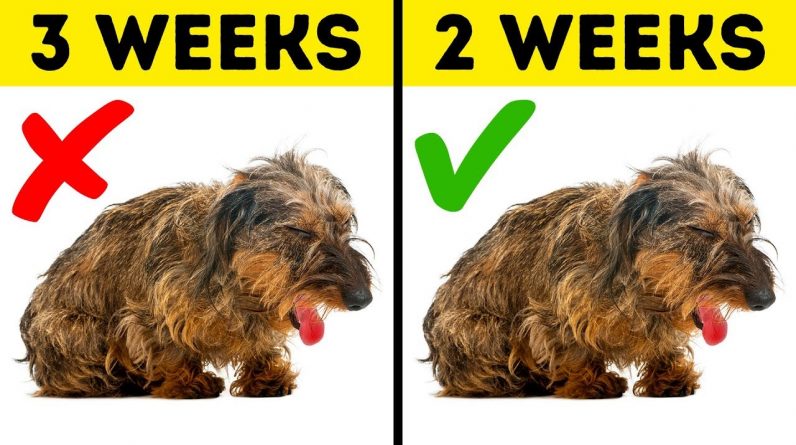
Believe it or not, taking care of your canine’s teeth is as essential as taking care of your own. According to the American Animal Healthcare facility Association, nearly two-thirds of canine owners do not supply the veterinarian-recommended standards for dog oral care. Gum illness is the most typical scientific condition in adult dogs, and most pet dogs have some kind of the illness by the time they turn 3 years old.
Much like us, canines can experience plaque accumulation if we do not take proper care of their teeth. This turns into tartar, which accumulates around the gum lines and causes inflammation, and can ultimately cause gum swelling (gingivitis), bone/soft tissue loss, and gum illness. Bacterial infection can also lead to tooth loss and problems of the heart, lung, or kidney as your pet dog ages. The bright side is that, with regular oral care, these illness are preventable.
How to Brush a Pet’s Teeth at Home
The gold standard for dog oral care in the house is brushing. Here are some tips for beginning:
- Get your pet dog utilized to the idea of having his teeth brushed. Keep the sessions brief and positive. Dip your finger in beef bouillon and massage his lips in a circular movement for 30 to one minute once or twice a day for a couple of weeks, and then move on to the teeth and gums.
- Wrap your finger in gauze or location a toothbrush at a 45-degree angle to the teeth and clean in small, circular movements, lifting your pet dog’s lip if needed. Because the side of the tooth that touches the cheek contains the most tartar, concentrate there.
- When you’re almost completed, brush vertically towards the within the mouth to clear any plaque you’ve dislodged.
- Use a brush developed especially for dogs; it’s smaller than a human toothbrush and has softer bristles. Tooth brushes that you can use over your finger are likewise readily available.
- Usage tooth paste designed for dogs; using your own toothpaste can trigger distress and disturb your dog’s stomach.
Develop a Regular Cleaning Routine
Consistency is essential. Brush your pet dog’s teeth at least 2 to 3 times a week. As soon as a day brushing is perfect. The better you are at keeping a regular regimen, the simpler it will be on your pet and the more likely he will begin to react favorably to you brushing his teeth. It will also help you remember to keep his teeth clean and healthy as you begin to devote to a routine cycle.
Look For Tell-tale Indications
In between veterinarian check outs, make sure to examine your canine for these essential indication.
- Foul breath: Pets can have foul breath for a variety of health factors, including oral disease
- Swollen and/or bleeding gums
- Difficulty consuming
- Yellow and brown tartar deposits on the gum line
- Extreme drooling
If you observe any of these indication in your dog, make an appointment with your vet. Your veterinarian might suggest an expert oral cleaning, which begins with blood work to determine if your canine is healthy enough to undergo anesthesia. If he is, your vet will administer anesthesia to him and begin an extensive cleaning. This includes:
- A complete oral exam and x-rays to determine problems under the gum line
- A full cleaning under the gum line to prevent periodontal illness
- Expert scaling to remove plaque and tartar build-up on the crown
- Polishing the teeth to avoid plaque and germs
Particularly created dental pet foods and treats can slow the formation of tartar and prevent the start of dental disease. Science Diet Adult Oral Care dog food supplies specifically balanced nutrition in addition to scrubbing teeth, refreshing breath, and lowering plaque, tartar, and stain develop. Hill’s Prescription Diet plan t/d Canine canine food is an option to consider for smaller pet dogs. It uses nutrition for your pet’s teeth and is readily available in small bites.
Discover how typical dental illness is in pets and what you can do to help avoid it taking place to your pet dog.


